1. Psycho (1960)
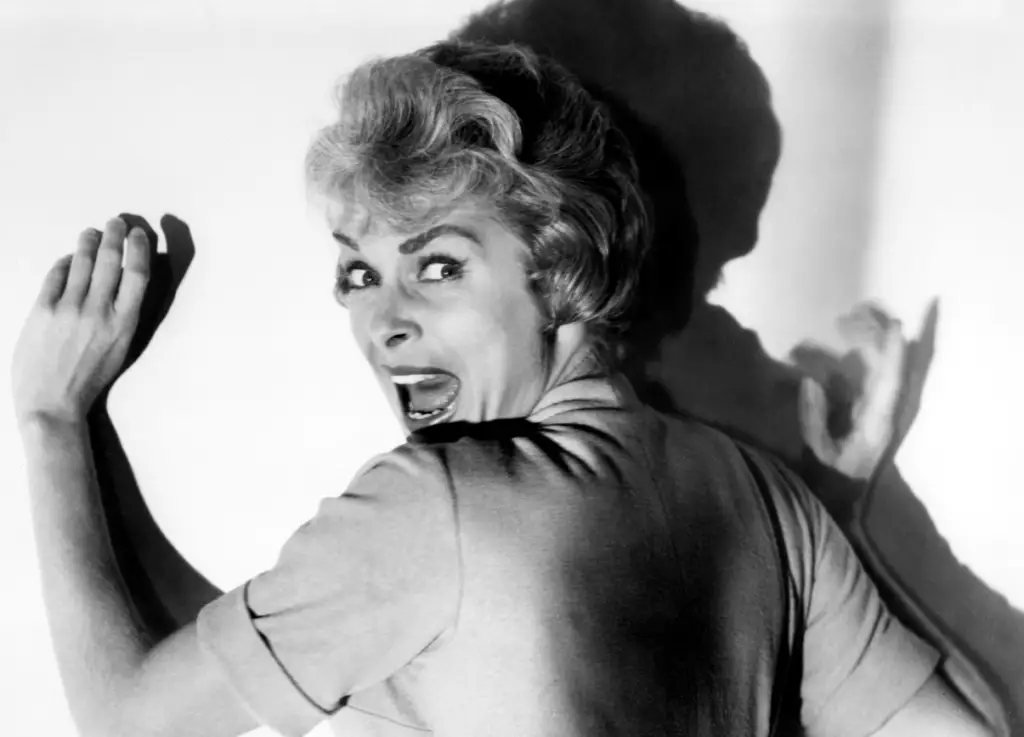
When Alfred Hitchcock released Psycho, critics were shocked by its violence, sexual undertones, and especially that infamous shower scene. Killing off the supposed main character early in the film was unheard of, and it left audiences rattled. Some theaters even refused to show it unless they could enforce Hitchcock’s strict “no late admission” policy, something rarely seen at the time. Despite the initial outrage, the movie struck a chord with younger audiences who loved the suspense.
Today, Psycho is considered one of the most important films in cinema history. Its influence on horror and thrillers can’t be overstated, and Norman Bates remains one of the creepiest villains ever created. The film has spawned sequels, a remake, and countless references in pop culture. What was once viewed as disturbing is now recognized as a masterpiece of filmmaking.
2. Lolita (1962)
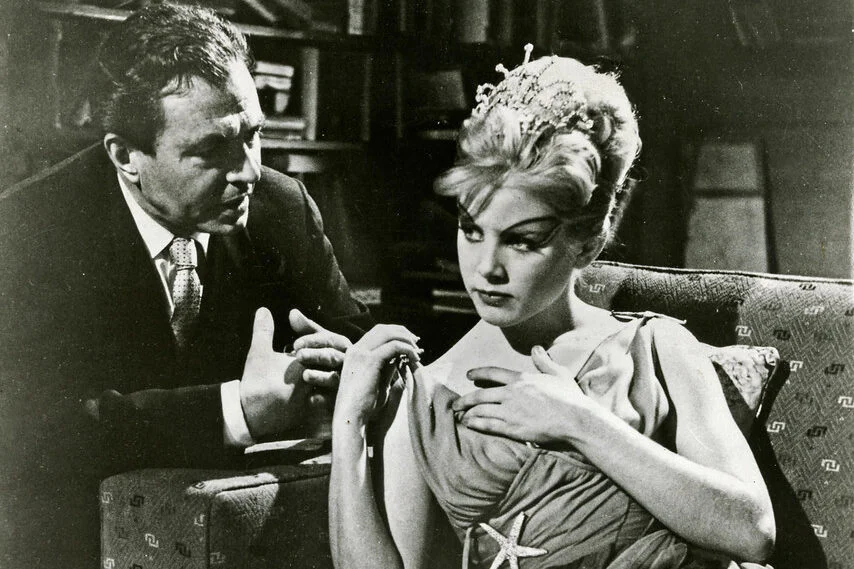
Stanley Kubrick’s adaptation of Vladimir Nabokov’s Lolita caused controversy right from the start. The story of a middle-aged man’s obsession with a teenage girl was deeply unsettling, and many questioned whether it should even be made into a movie. Censors demanded changes, and Kubrick had to tone down much of the book’s more explicit content to get it released.
Even with the restrictions, Lolita still rattled audiences with its subject matter. Over time, though, many have come to appreciate it as a daring piece of cinema that pushed boundaries. James Mason’s performance and Kubrick’s direction gave it a darkly ironic edge that has secured its place in film history. What was once taboo has become an example of how cinema can challenge audiences.
3. Cleopatra (1963)

Cleopatra wasn’t just controversial because of its content—it was the behind-the-scenes chaos that kept people talking. Elizabeth Taylor and Richard Burton’s affair became headline news, and the production nearly bankrupted 20th Century Fox. With its ballooning budget and endless delays, the movie was seen as a cautionary tale of Hollywood excess.
But time has been kind to Cleopatra. What was once mocked for its production woes is now admired for its incredible costumes, lavish sets, and Taylor’s commanding performance. It stands as one of the last great epics of the studio era. Audiences today can enjoy the spectacle without worrying about the scandals that once overshadowed it.
4. Dr. Strangelove (1964)
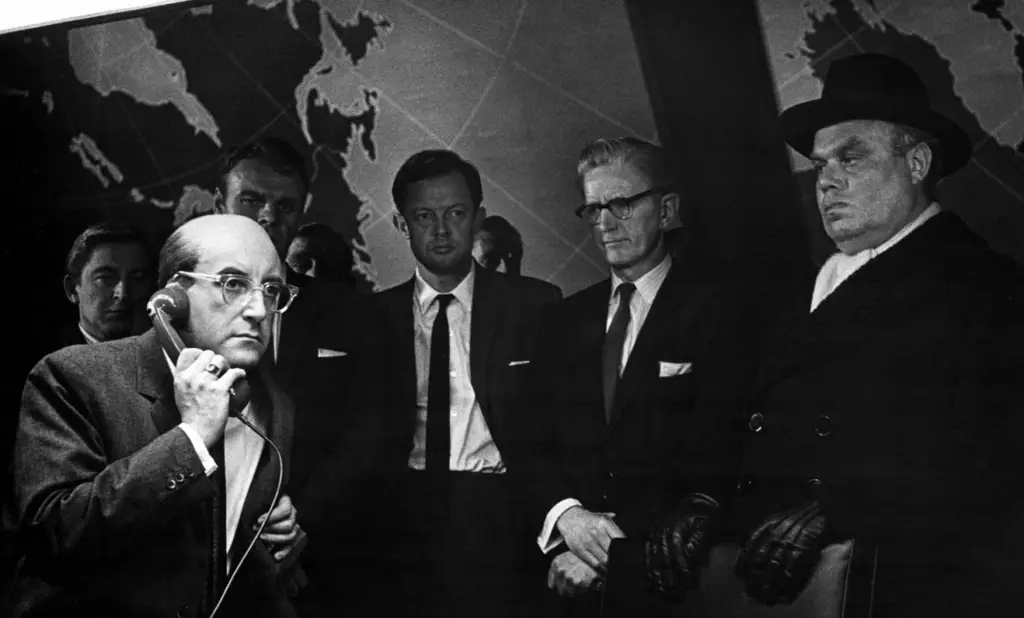
A dark comedy about nuclear war wasn’t exactly an easy sell in the tense years of the Cold War. Stanley Kubrick’s Dr. Strangelove drew plenty of criticism for making light of such a terrifying possibility. Some even felt it was unpatriotic or offensive, given the real threat of nuclear annihilation.
Yet Kubrick’s sharp satire turned out to be ahead of its time. The absurdity of the situation and Peter Sellers’ brilliant performances made it unforgettable. What was once seen as dangerously irreverent has become a classic example of how humor can tackle even the darkest subjects. Today, it’s regarded as one of the greatest comedies ever made.
5. A Hard Day’s Night (1964)
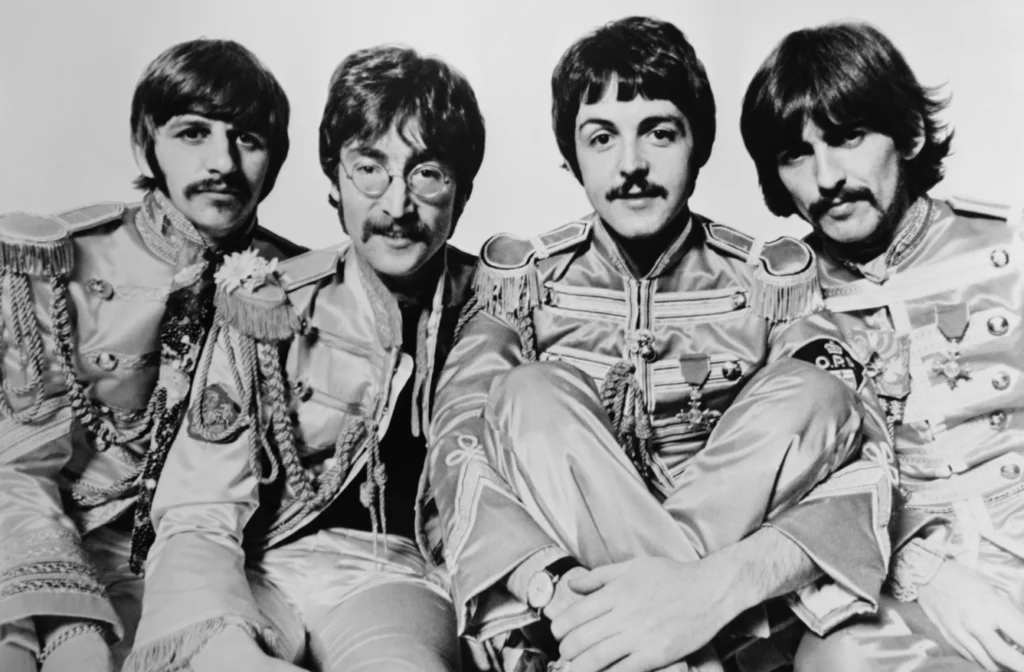
When A Hard Day’s Night came out, some critics dismissed it as nothing more than a frivolous cash grab to capitalize on Beatlemania. The Beatles themselves weren’t taken seriously as actors, and many assumed the film would be quickly forgotten once the craze passed. Parents in particular were baffled by the hysteria surrounding the band.
Instead, the movie became a cultural milestone. Its documentary-style approach influenced music videos and concert films for decades to come. The Beatles’ charisma won over skeptics, and what once seemed like a fad is now viewed as an essential snapshot of the 1960s. Far from being throwaway entertainment, it turned out to be groundbreaking.
6. The Pawnbroker (1964)
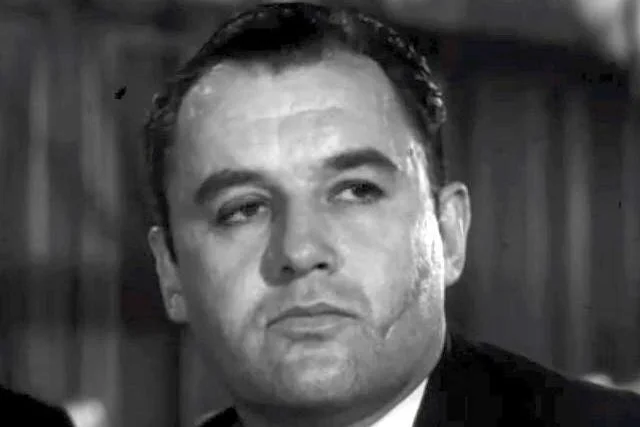
Sidney Lumet’s The Pawnbroker pushed boundaries with its raw portrayal of a Holocaust survivor’s trauma and its groundbreaking use of nudity. At the time, American censors were still strict, and the film’s content shocked many. Its bleak subject matter and harsh depiction of urban life didn’t fit the typical Hollywood mold.
But over the years, critics and audiences have recognized The Pawnbroker as a powerful and necessary film. Rod Steiger’s performance is considered one of his best, and the film is credited with helping usher in a new era of more realistic storytelling in American cinema. What was once seen as disturbing is now praised for its honesty.
7. Darling (1965)
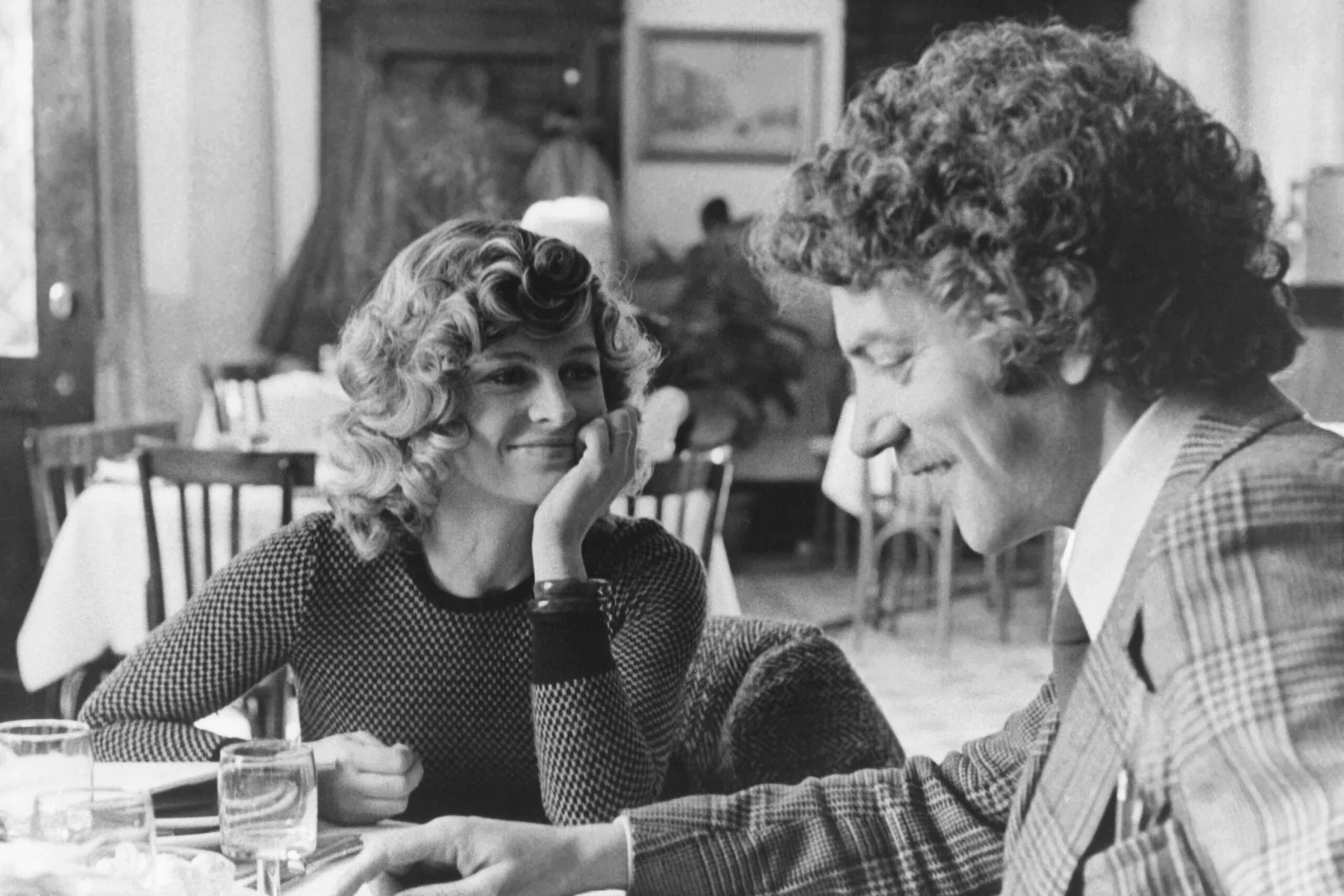
Darling starred Julie Christie as a young model navigating the swinging London scene, and its frank look at sex, ambition, and moral compromise unsettled many viewers in the mid-’60s. Some critics dismissed it as immoral, while others felt it glamorized a shallow lifestyle. The film’s candid treatment of relationships felt shocking at the time.
Now, Darling is remembered as a stylish and insightful look at the era. Christie won an Oscar for her performance, and the film captured the complexities of a decade caught between tradition and change. Today, it’s seen less as scandalous and more as an important cultural document.
8. Who’s Afraid of Virginia Woolf? (1966)
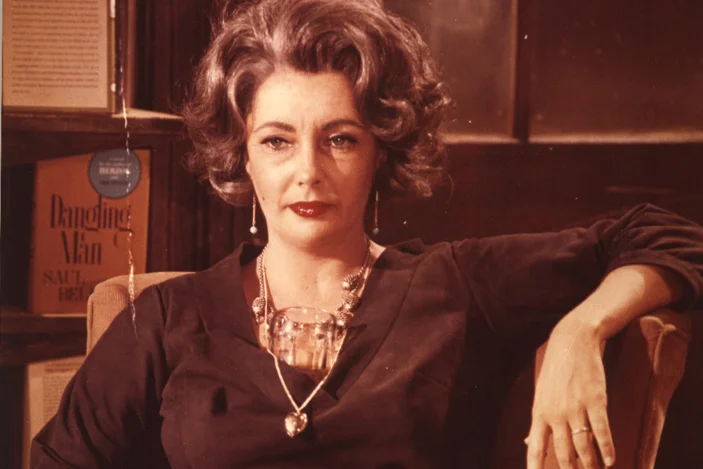
Adapted from Edward Albee’s play, Who’s Afraid of Virginia Woolf? was notorious for its searing dialogue and unflinching look at a toxic marriage. The film broke new ground in how it used profanity and frank sexual references, leading to major battles with censors. Many worried it was simply too much for audiences to handle.
Despite the uproar, the film became a critical sensation, earning multiple Oscars and cementing Elizabeth Taylor’s reputation as a serious actress. Today, it’s hailed as one of the greatest stage-to-screen adaptations. Its raw emotional power and daring honesty continue to resonate with viewers.
9. Bonnie and Clyde (1967)
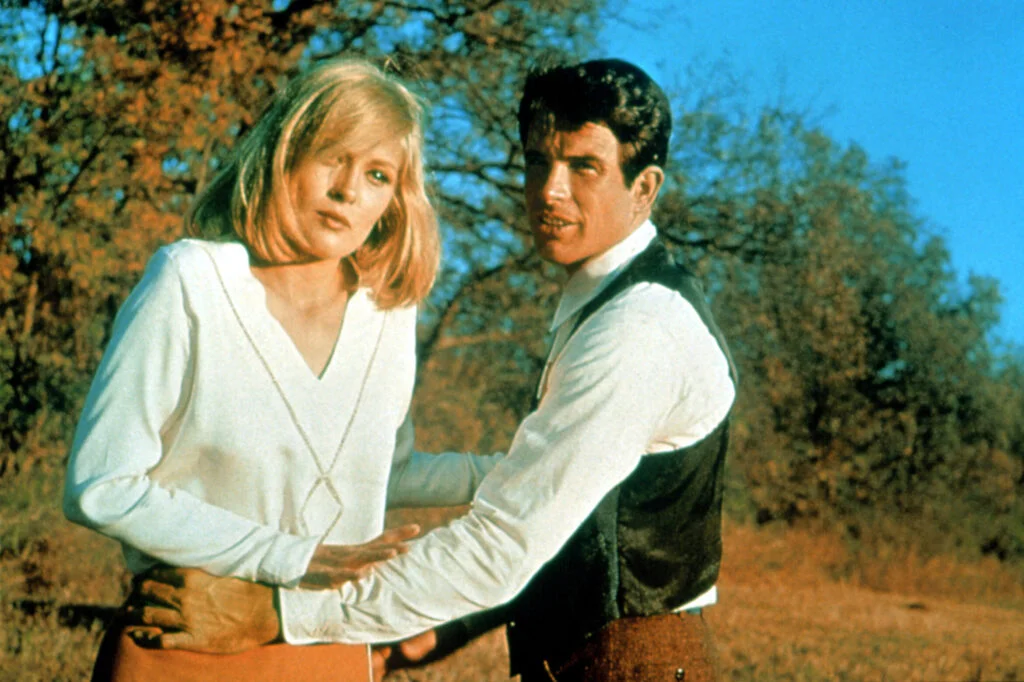
When Bonnie and Clyde premiered, it shocked audiences with its graphic violence and sympathetic portrayal of outlaws. Older critics dismissed it as irresponsible and exploitative, while younger viewers found it thrilling and new. The ending in particular was criticized for being excessively brutal.
Over time, though, Bonnie and Clyde became a touchstone of the New Hollywood movement. Its bold storytelling and stylish direction influenced countless filmmakers. Today, it’s considered a landmark film that changed the way American movies could be made and received. What was once divisive is now revered.
10. The Graduate (1967)
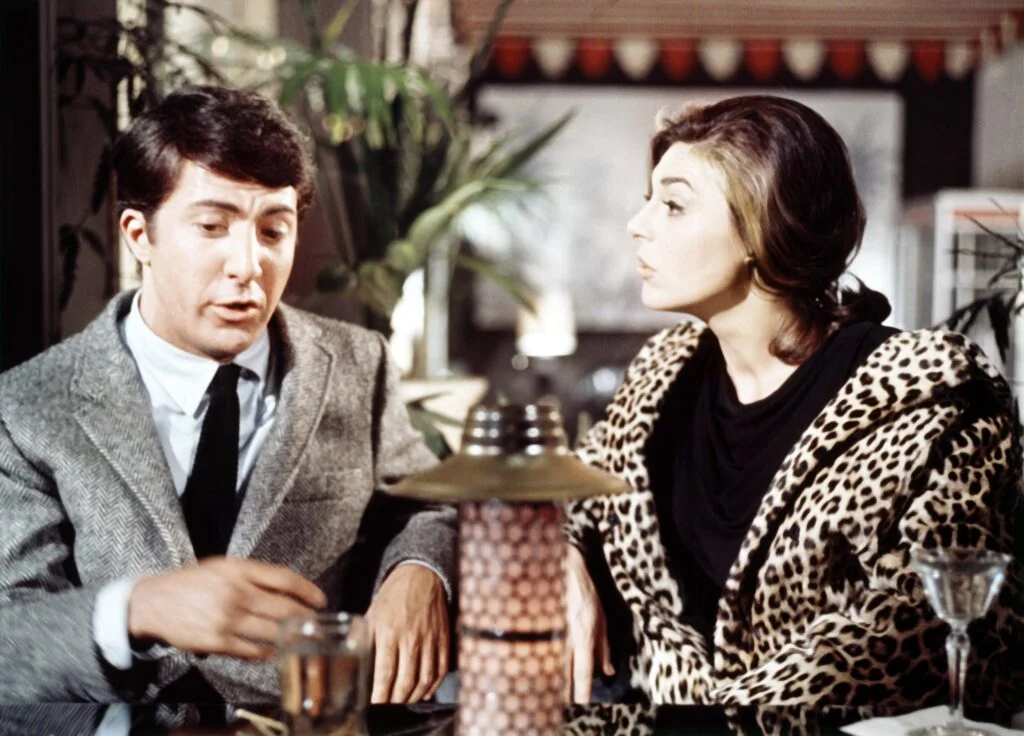
The story of a young man having an affair with an older married woman was hardly typical fare for a mainstream Hollywood film. The Graduate raised eyebrows with its themes of alienation, sexuality, and generational divide. Some critics found it too cynical or inappropriate, and not everyone was ready to embrace it.
But audiences connected with it, and it became a defining film of its time. Dustin Hoffman’s performance and the Simon & Garfunkel soundtrack captured the mood of a generation. Today, it’s recognized as one of the most influential films of the 1960s, its once-scandalous themes now viewed as iconic.
11. Guess Who’s Coming to Dinner (1967)
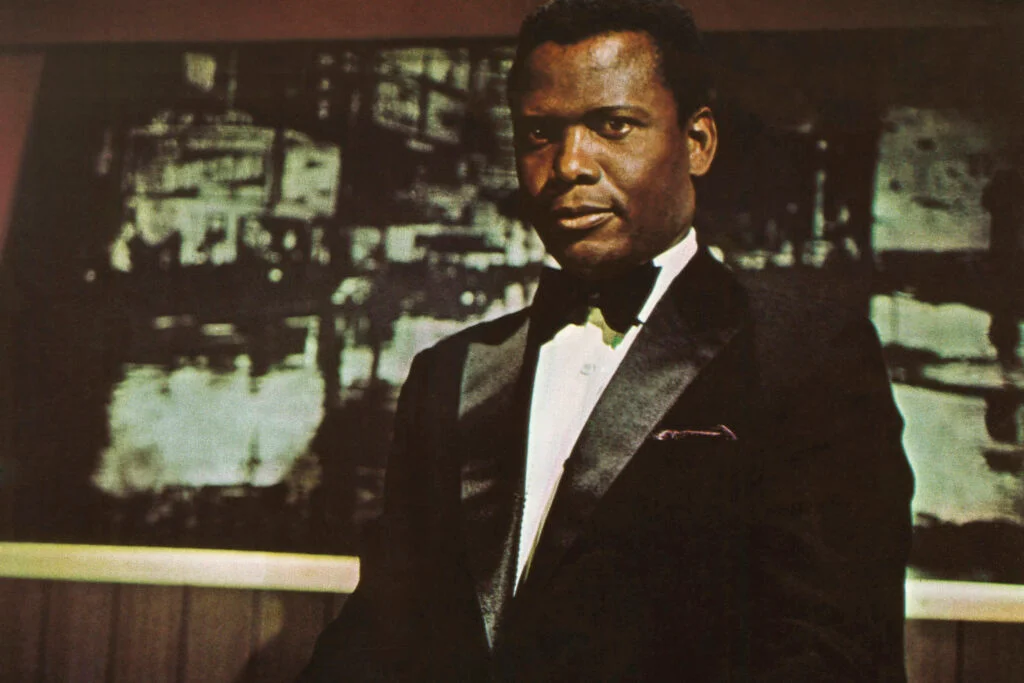
Interracial marriage was still illegal in several states when Guess Who’s Coming to Dinner was released, making its subject matter extremely controversial. The film’s portrayal of a white woman bringing her Black fiancé home to meet her parents was groundbreaking but also met with resistance. Some critics called it too provocative, while others accused it of being too sanitized.
Over time, the film has been celebrated for helping push conversations about race into the mainstream. With powerhouse performances from Sidney Poitier, Katharine Hepburn, and Spencer Tracy, it became both a cultural flashpoint and a beloved classic. What once divided audiences now stands as a symbol of progress.
12. 2001: A Space Odyssey (1968)

When Stanley Kubrick released 2001: A Space Odyssey, many viewers left the theater confused or frustrated. Its slow pace, minimal dialogue, and surreal ending baffled audiences and critics alike. Some even dismissed it as pretentious nonsense.
But as the years went by, its reputation grew enormously. Today, it’s regarded as one of the greatest films ever made, praised for its visuals, ambition, and philosophical depth. What was once polarizing has become a benchmark for science fiction and filmmaking in general.
13. Night of the Living Dead (1968)

George A. Romero’s low-budget horror film horrified critics with its graphic violence and bleak ending. Parents who mistakenly brought children to see it were outraged, and many theaters pulled it from circulation. Its unflinching gore was considered far too much for the time.
Yet Night of the Living Dead has since become a cult classic and the blueprint for modern zombie stories. It’s praised for its social commentary as much as its scares, and its influence can be seen everywhere from television to video games. What once seemed shocking is now recognized as groundbreaking.
14. Rosemary’s Baby (1968)
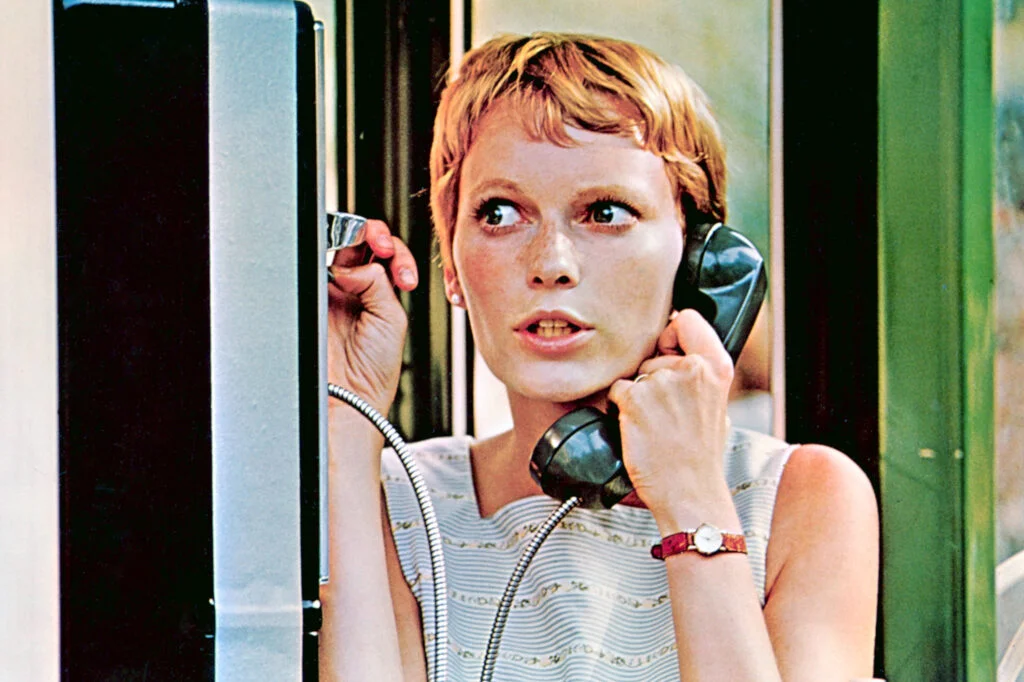
A movie about Satanic cults and demonic pregnancy was bound to stir controversy, and Roman Polanski’s Rosemary’s Baby did just that. Many religious groups protested its release, calling it blasphemous and dangerous. The film’s unsettling subject matter made it one of the most talked-about releases of the decade.
Despite the backlash, audiences flocked to see it, and it became a massive hit. Mia Farrow’s performance and the film’s chilling atmosphere have cemented its legacy. What was once seen as offensive is now hailed as one of the greatest horror films ever made.
15. Midnight Cowboy (1969)
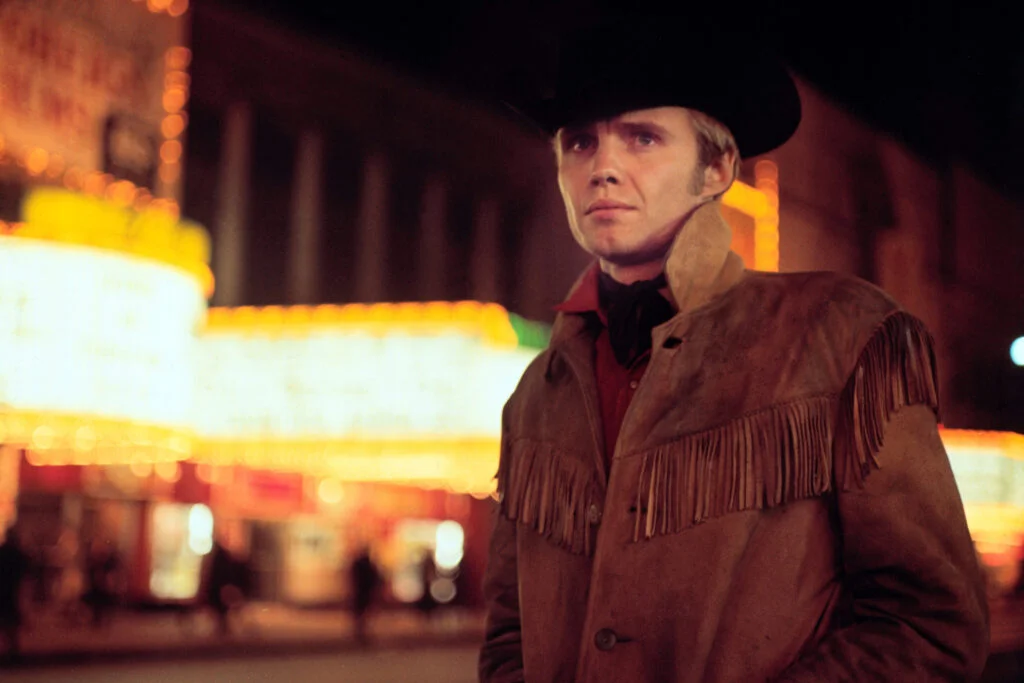
When Midnight Cowboy premiered, its frank treatment of homosexuality, sex work, and gritty urban life shocked audiences. It was the first and only X-rated film to win the Academy Award for Best Picture, which caused plenty of debate at the time. Critics argued it went too far in portraying the seedier side of life.
Today, it’s recognized as a daring and deeply human story. The friendship between Joe Buck and Ratso Rizzo remains one of the most moving in film history. What once scandalized audiences is now considered a landmark of American cinema.
16. Easy Rider (1969)
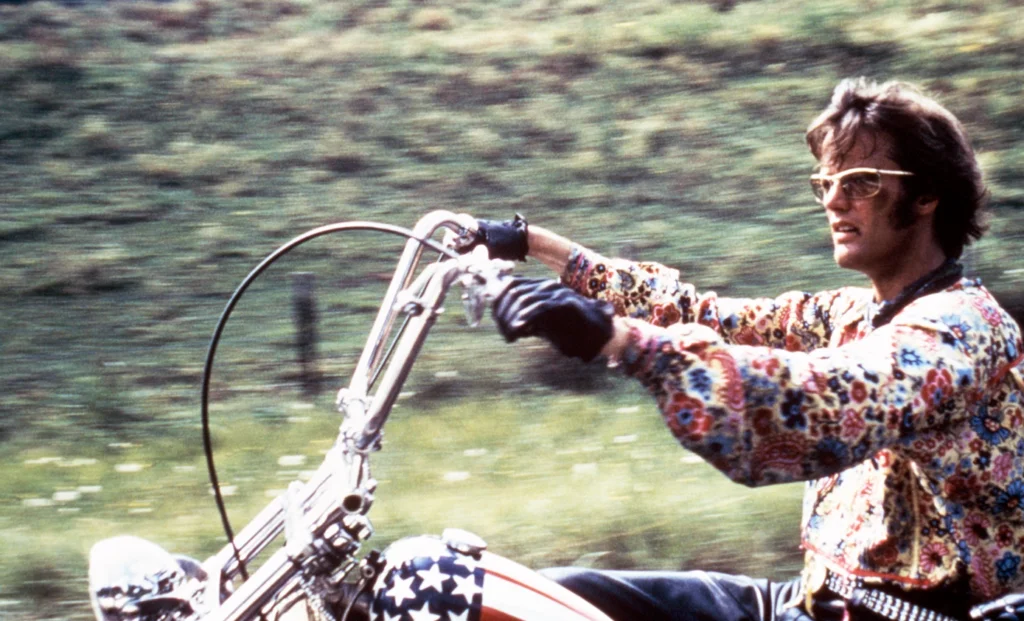
Easy Rider was controversial for its drug use, counterculture themes, and frank depiction of America’s divides. Some saw it as glorifying rebellion, while others dismissed it as dangerous or subversive. Traditional audiences weren’t ready for its raw and unconventional style.
But it became a defining film of its generation, capturing the spirit of the ’60s like few others. Its soundtrack, visual style, and message about freedom continue to resonate. Today, Easy Rider is beloved as a groundbreaking classic, forever tied to the decade’s restless energy.


